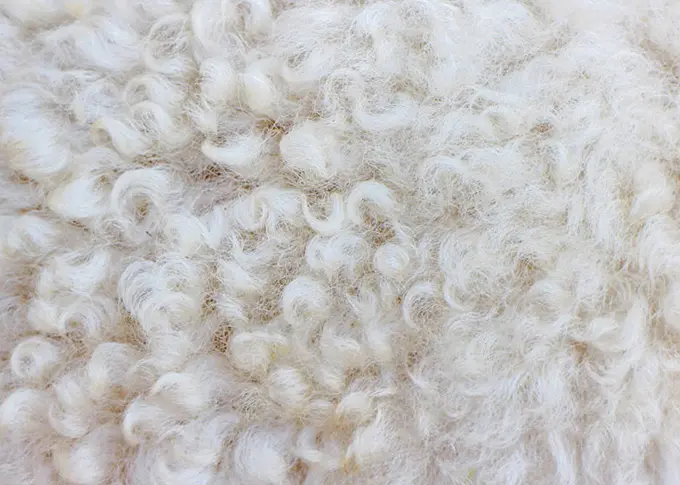
Fleece fabric, also known as polar fleece, is not actually made from natural sheep’s wool but is typically a synthetic fiber, primarily polyester. Artificial fleece has many advantages such as softness, warmth, lightness, easy maintenance, and affordability. It is usually knitted or woven, with a thick, fuzzy surface created through a brushing process.
Fleece fabric is a material commonly used for winter fashion or home décor items. This special fabric blend is made from cotton and polyester fibers, known for its high durability and ability to withstand harsh weather. Originating from traditional wool fabrics, today’s fleece is produced with modern techniques featuring a distinctive double-sided construction. It’s widely used in Fall and Winter clothing such as sweatshirts, jackets, sets, blankets, and more.
- Superior heat retention thanks to the special texture: Fleece fabric is made from thick polyester fibers and uses a brushing technique to create a soft, fuzzy surface. This fuzzy layer traps air in tiny gaps between the fibers, creating a natural insulating effect—making it ideal for winter garments designed to retain warmth.
- High Durability: Made from a blend of cotton and synthetic fibers, this fabric offers excellent abrasion resistance and minimal shrinkage even after many washes. The polyester fibers are processed with modern technology to maintain elasticity and strength, ensuring long-lasting use.
- Moisture Resistance and Breathability Thanks to Interwoven Structure: The interlocking weaving technique creates a soft, fuzzy surface with a strong base layer, giving the fabric light water resistance and good breathability.
- Lightweight Thanks to Hollow Fiber Structure: The polyester fibers used in the fabric typically have a hollow structure, which helps retain warmth while keeping the overall weight light.
- Easy to Clean and Maintain: Unlike other winter fabrics, fleece is easy to wash, dries quickly, and doesn’t require complicated care, helping save time on upkeep.